Are you ready to take your fashion vision to the next level? Crafting a compelling design proposal is key to captivating potential clients and partners in the fashion industry. In this article, we'll explore essential elements to include in your proposal that will showcase your creative talents and business acumen. So, let's dive in and discover how to make your fashion design proposal stand out!

Target Audience Identification
Understanding target audience in fashion design plays a crucial role in creating successful collections. Demographics such as age, gender, income level, and lifestyle preferences shape consumer behavior. For instance, millennial women aged 25-34 often seek sustainable and trendy clothing options, reflecting their values around environmental consciousness. Additionally, insights into regional markets, like urban centers such as New York City or Los Angeles, reveal preferences for eclectic streetwear or high-fashion staples. Conducting thorough market research allows designers to align their vision with consumer desires, ensuring relevance and appeal in a competitive industry. Utilizing social media platforms such as Instagram (with over 1 billion active users) provides real-time feedback on trends and consumer sentiment, essential for maintaining a contemporary edge.
Unique Selling Proposition
Fashion design proposals often aim to communicate a brand's distinctive qualities to potential stakeholders. A well-defined Unique Selling Proposition (USP) sets a fashion line apart from competitors, focusing on aspects like sustainability, craftsmanship, or innovative materials. For example, a fashion brand might emphasize its commitment to eco-friendly fabrics, using organic cotton and recycled polyester sourced from fair-trade suppliers. This brand's USP could highlight its mission to minimize environmental impact while supporting local artisans from regions like Guatemala, thus intertwining ethical practices with modern design aesthetics. By presenting a clear USP, the proposal positions the fashion line not just as a product, but as an experience that resonates with conscious consumers seeking sustainability and authenticity in their wardrobe choices.
Trends and Market Analysis
The fashion industry is currently experiencing dynamic shifts influenced by evolving consumer preferences and socio-economic trends. In 2023, sustainability has emerged as a predominant theme, with 70% of consumers indicating a preference for eco-friendly materials. Alongside sustainability, digital transformation continues to reshape the retail landscape, with e-commerce sales projected to exceed $400 billion in the United States alone. Major fashion weeks, such as New York and Paris, showcase innovative designs that reflect these trends, attracting global attention from industry leaders. Target markets now include Generation Z and Millennials, who prioritize brands that align with their values and lifestyle, presenting a significant opportunity for designers who embrace these new paradigms.
Sustainable Practices and Materials
Sustainable fashion practices are essential for reducing environmental impact in the clothing industry, which contributes approximately 10% of global carbon emissions. Eco-friendly materials such as organic cotton, recycled polyester, and Tencel are gaining prominence due to their lower ecological footprints. Implementing sustainable practices involves adopting ethical manufacturing processes, minimizing waste, and advocating for fair labor conditions across garment factories globally. Innovative techniques like zero-waste pattern making and biodegradable packaging further enhance the commitment to sustainability. By focusing on these aspects, brands can attract environmentally conscious consumers who prioritize ethical production methods and seek to support responsible fashion.
Brand Story and Vision
[Brand Name] embodies a commitment to innovative fashion, merging sustainability with unique aesthetics. Founded in [Year] in [Location], our brand narrative centers on [specific values or inspirations], reflecting a deep connection to [cultural influences, historic events, or personal experiences]. Our vision seeks to revolutionize the industry by prioritizing ethical practices and quality craftsmanship. Each collection is thoughtfully designed to resonate with the modern consumer, characterized by vibrant colors and sustainable materials. We aspire to create a community that values individuality and environmental consciousness, positively impacting both the wearer and the planet. Through collaborations and creative expression, [Brand Name] aims to inspire a new narrative within fashion, further solidifying our place as a trailblazer in the [specific market segment, such as luxury or streetwear].

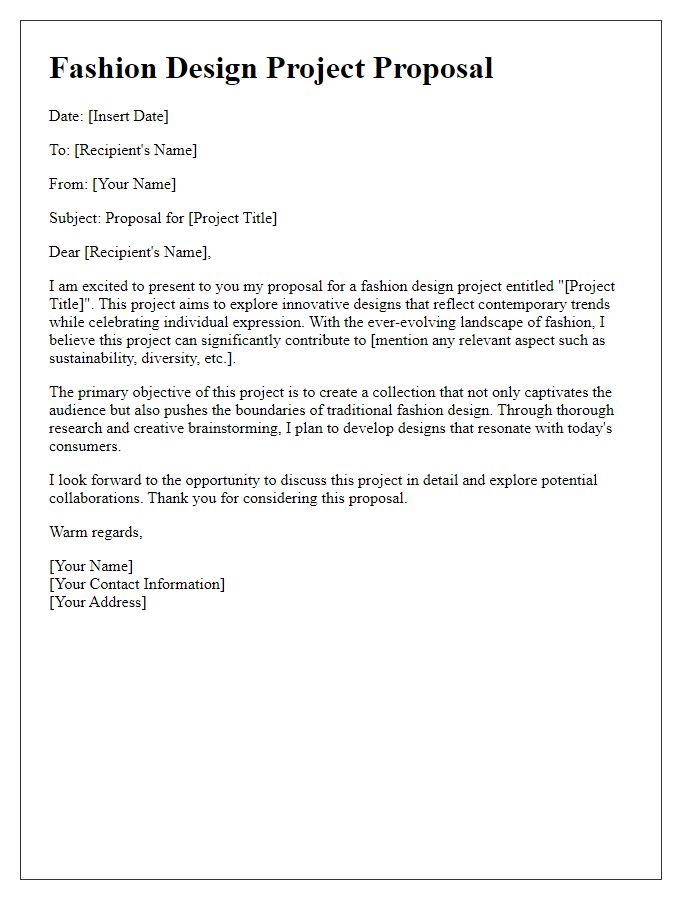

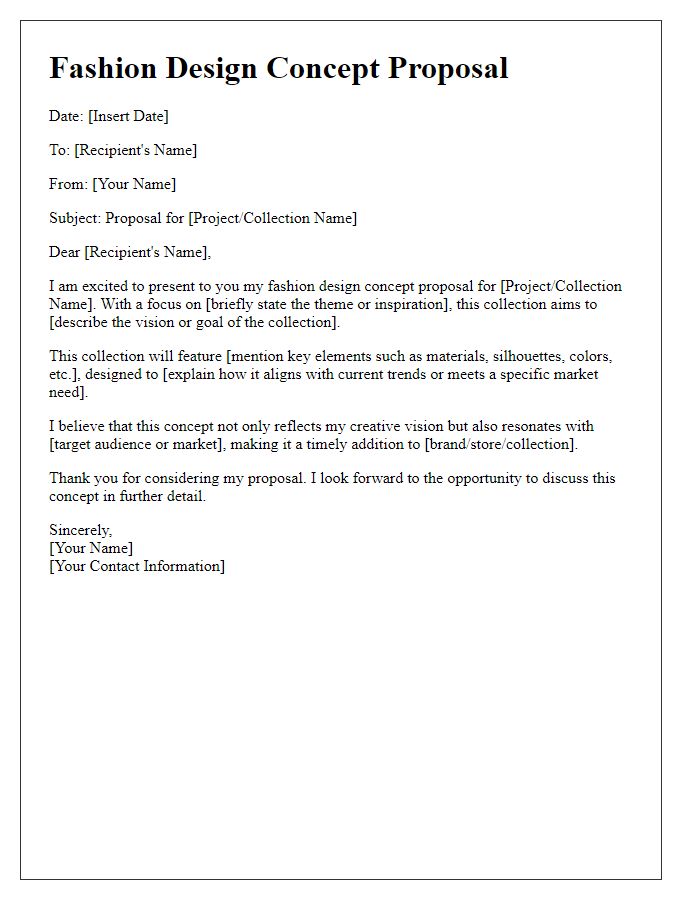
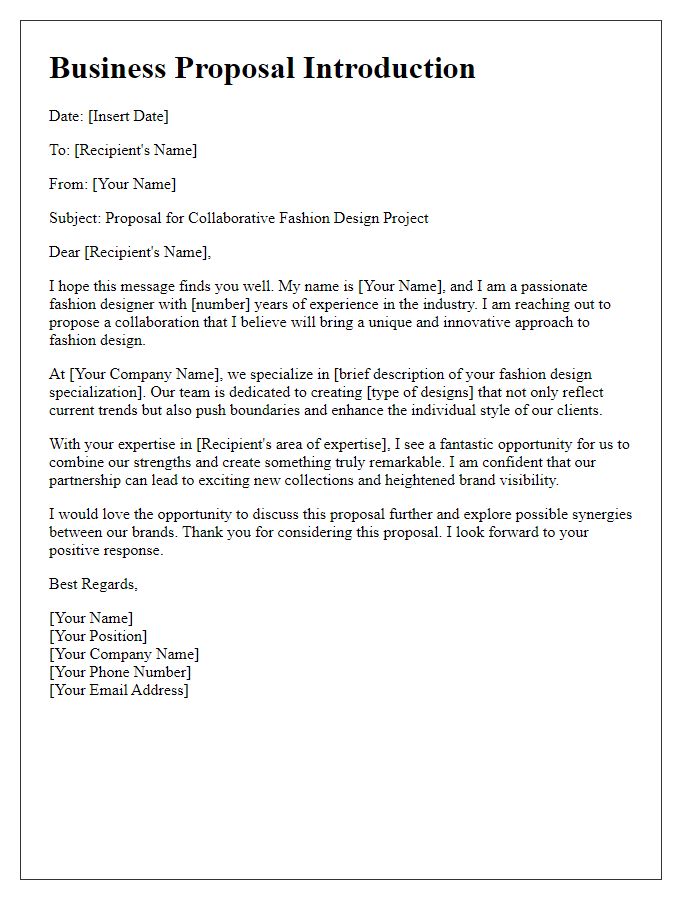


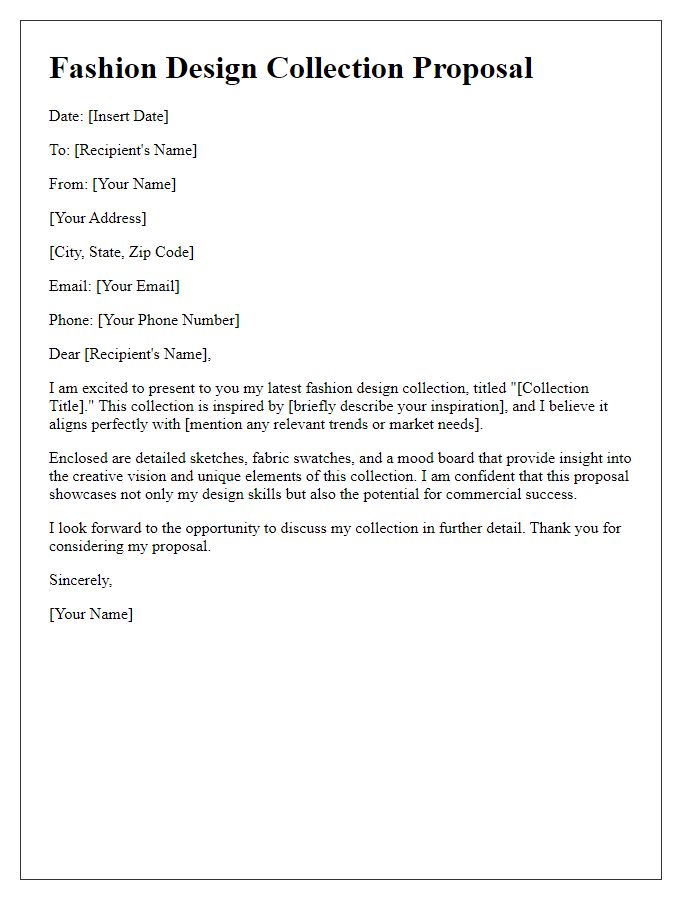
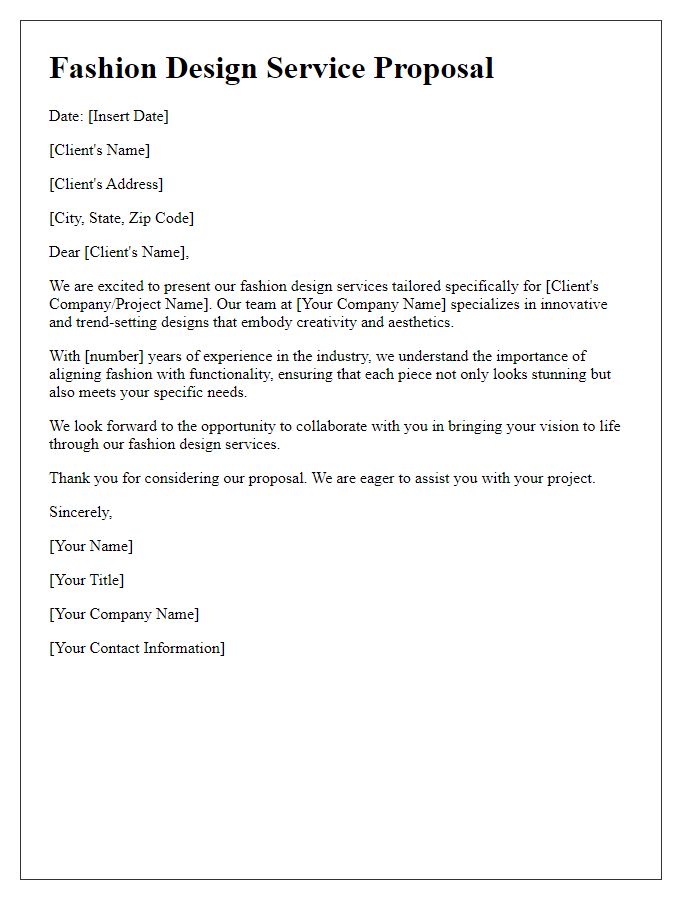




Comments